This review is taken from PN Review 247, Volume 45 Number 5, May - June 2019.
on Logenbach’s How Poems Get Made
James Logenbach, How Poems Get Made (Norton) $15.95
Poet and critic James Longenbach has been an essential voice in the study of poetic craft for decades. Formerly a critic for the New York Times, Longenbach’s career has cut a path from writing about poetry primarily for an audience of scholars and poets to a more general readership. His most recent prior work of criticism, The Virtues of Poetry (2013), published by Graywolf Press, defines and examines twelve principles of poetic achievement with reflective, fast-shifting essays that include a fair amount of biography. In Virtues, Longenbach frames his insights with concepts ranging from playful to lofty in chapters such as ‘The Various Light’, ‘Writing Badly’, and ‘Infinitude’. His latest book, How Poems Get Made, focuses instead on ‘the most fundamental elements’ of English-language poetry. Though at first glance the book’s carpentry-like title might lead someone to think this is a manual for understanding how they too can write poems, it is in fact a tightly constructed guide to how poems become poetry – that is, to becoming a better reader.
The structure of the book is deceptively simple. Like many other guides to English-language poetry, each chapter focuses on a feature of language often used in poems. These range from familiar headings like ‘Diction’, ‘Rhythm’ and ‘Syntax’ to more unusual ones like ‘Echo’, ‘Song’ and ‘Prose’. Close readings of poems written any time from ‘Cædmon’s Hymn’ to the present comprise each chapter, with most selections taken from canonical Renaissance, Romantic and Modernist poets. Complexity arises from the interaction between chapters, with certain poems returning for comparison ...
The structure of the book is deceptively simple. Like many other guides to English-language poetry, each chapter focuses on a feature of language often used in poems. These range from familiar headings like ‘Diction’, ‘Rhythm’ and ‘Syntax’ to more unusual ones like ‘Echo’, ‘Song’ and ‘Prose’. Close readings of poems written any time from ‘Cædmon’s Hymn’ to the present comprise each chapter, with most selections taken from canonical Renaissance, Romantic and Modernist poets. Complexity arises from the interaction between chapters, with certain poems returning for comparison ...
The page you have requested is restricted to subscribers only. Please enter your username and password and click on 'Continue':
If you have forgotten your username and password, please enter the email address you used when you joined. Your login details will then be emailed to the address specified.
If you are not a subscriber and would like to enjoy the 292 issues containing over 11,700 poems, articles, reports, interviews and reviews,
why not subscribe to the website today?
